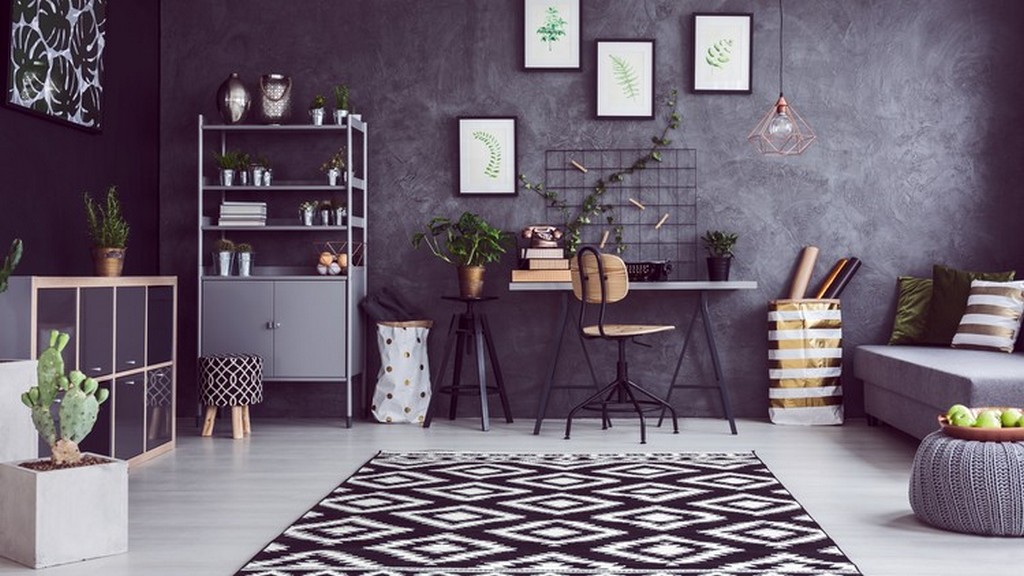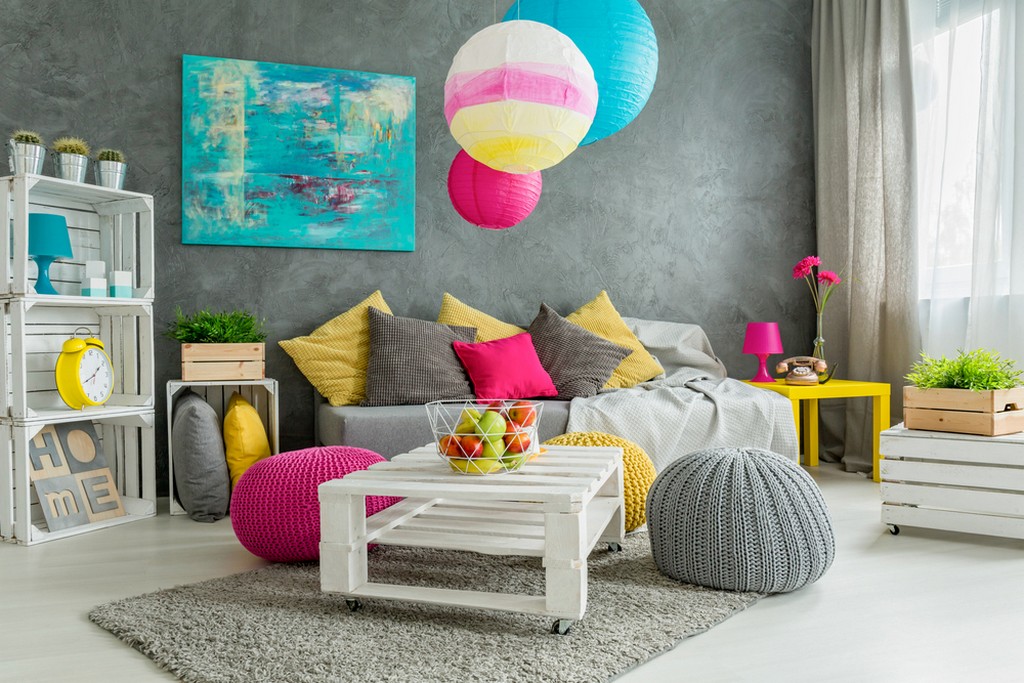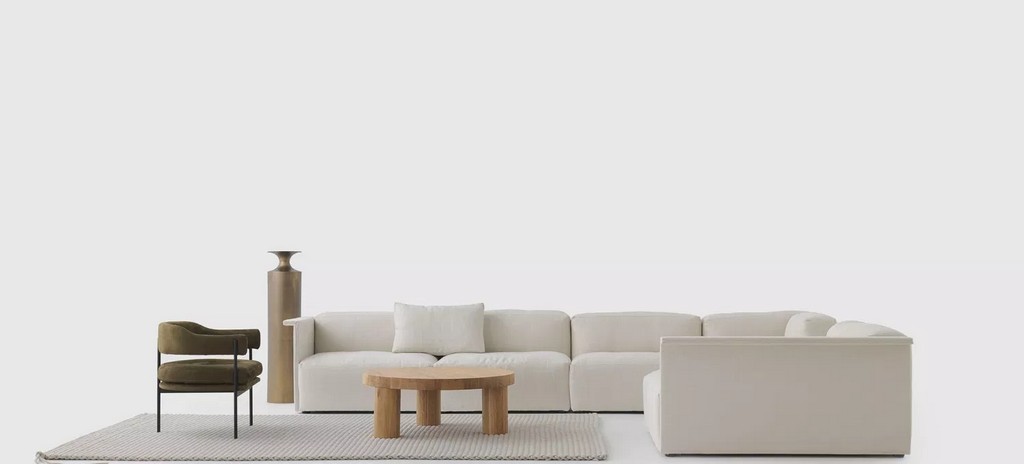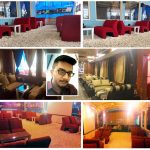Famous Interior Designers and their secret to success

Famous Interior Designers and their secret to success
An empty room is a story waiting to happen and you are the author (Charlotte Moss).
Interior design is the art and science of enhancing the interiors of a building to achieve a more aesthetically pleasing environment for the people using the space. Interior designers plan, research, coordinate, and manage projects where the experience of interiors is optimised for its inhabitants.
In order to understand the best contemporary practices, we should begin by examining the work of a few of today’s successful interior designers who have redefined interior design and are to be emulated by students pursuing a degree or a Diploma in interior design.
They are Martyn Lawrence Bullard, Hitchcox & Starck, Richard Meier, Rajiv Saini, sP+a, Shabnam Gupta, Joseph Dirand, Serie Architects, Sanjeev Punjabi & Sangeeta Merchant, Deborah Oppenheimer, etc.
The main phases in an interior design process are planning, concept development, design development, construction documentation and execution. Here are a few things they unanimously claim to help them achieve such proficiency.

They Behave as a Sponge: ‘Detail – Detail – Detail’
In the planning stage, successful designers are relentless in discovering their client’s quirks to portray the finished property as a reflection of their personality. As part of the client brief, various details like company culture, overall purpose, special functional features, budget, timelines, are assimilated. Successful design teams conduct frequent site visits and survey similar assets
Trust Instincts and Follow Their Trained Eye
After the client brief is agreed on, top interior designers start to seek inspiration from books, media, travels, history, brainstorming, nature, sci-fi renditions, and movies as part of their research. At this stage, ideas are laid out and are illustrated through basic site plans, elevation drawings, floor plans etc. The best design thinkers are able to meet the client’s vision as well as the spatial requirements of the workplace. This balance is often the result of combining experience with trained instinct. One can only follow their instincts if they have a good foundational training. The Interior design Course at JD Institute of Fashion Technology introduces the concept of learning the rules first in order to break them later.
Develop Themes That Define the Users Uniqueness
Prominent interior designers understand that a building should be reflective of its inhabitants’ persona and highlight their uniqueness. To achieve this objective, top designers use functional objects and artefacts – be it lamps, greenery, mirrors, or sculptures with the intent to customise the inner areas.

Apply design principles with Years of Education and Experience
In the third stage (design development), schematic drawings including floor plans, elevations, sections are developed with accurate dimensions. Additional details like locations of doors and windows, colour, material, finishes selection, furniture are incorporated. Successful interior designers are well versed with the principle of interior design such as unity and harmony, balance, focal point, rhythm, colour, scale & proportion. In fact, exceptional interior designers blend art and science, intuition and experimentation in applying these principles to fill life into an inanimate setting.
Cut Clutter and Strive for Clarity: Less Is More
Styling is not about adding but more about removing things. Leading interior designers work in ways such that functionality needs are met and aesthetic expectations too, are matched. The most eminent interior designers are brutal in expressing their simplicity as the ultimate form of sophistication.

Stay Current and Competitive: Interior Design Is a Business of Trust
In the modern world where technology is continuously evolving, the most successful interior designers also keep reinventing themselves with continual education, competitor collaborations, experimental design pitches and portfolio expansion projects. To stay relevant in the longer run, the best interior designers know that they need to win their client’s trust.
One of the best forms of experience one can receive are firsthand accounts of the tried and tested methods of any job as laid out above. A great way to further your interest in interior design is to start by emulating the greats who came before you. If you love re-envisioning spaces, check out the Diploma in Interior Design offered by the JD Institute of Fashion Technology which provide students with a platform to fully develop their latent creative skills and express their views.









